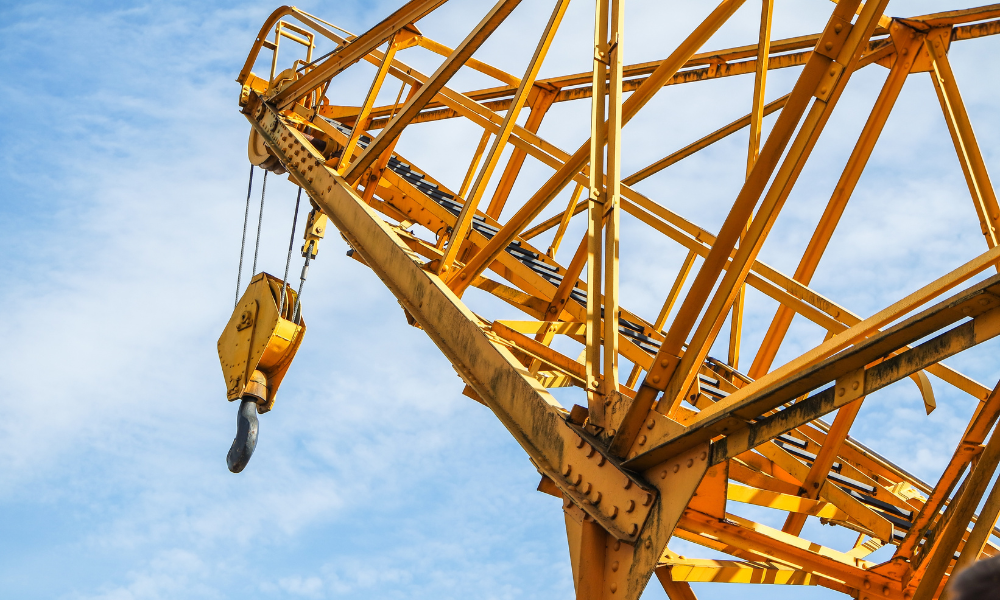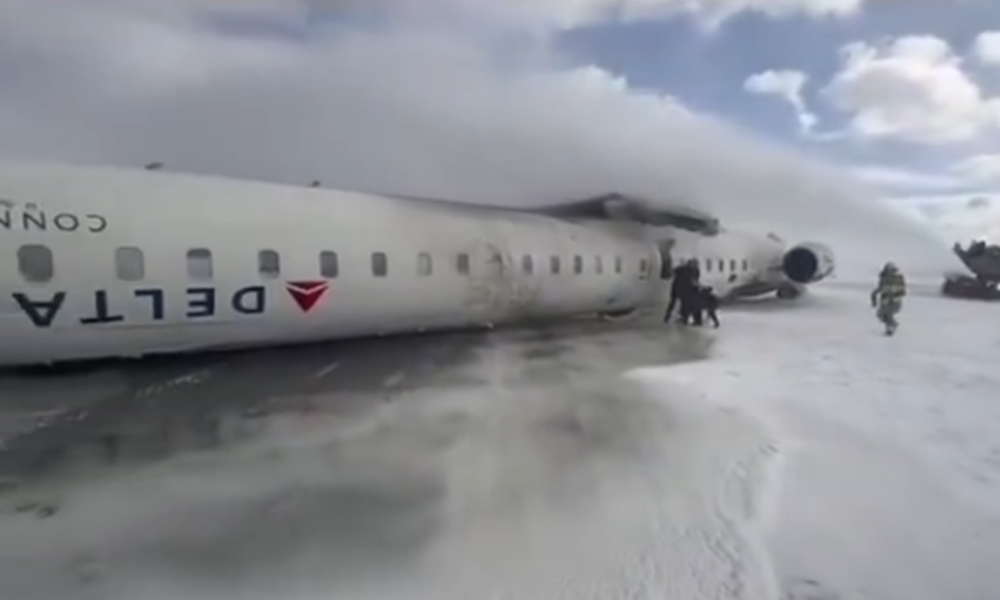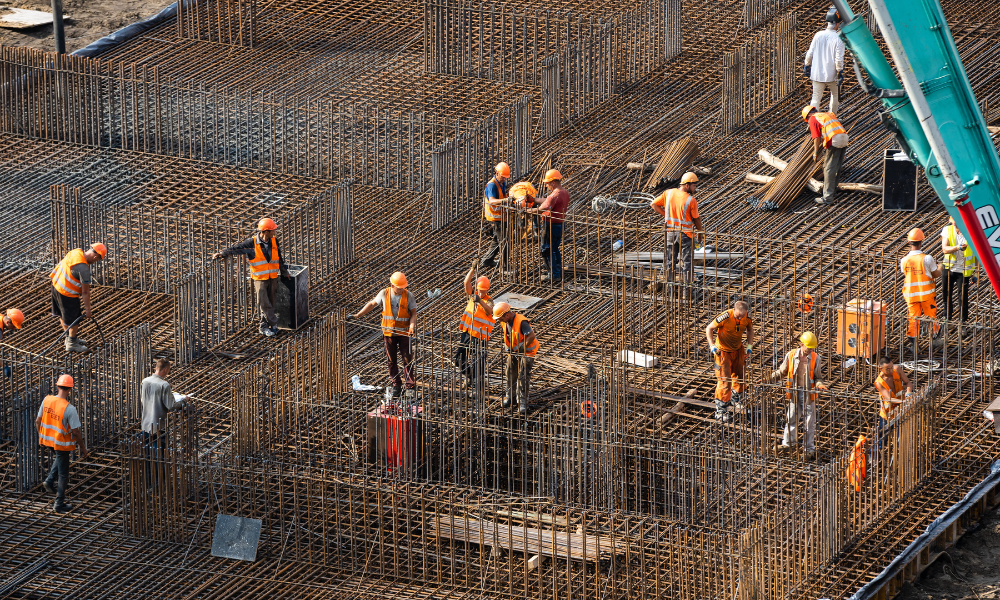Riger 'lacked the confidence to decide not to proceed,' says search warrant

The exact cause of the October crane incident in British Columbia is still undetermined, but a search warrant into the incident suggests that chains were used as rigging to bind the pipes that fell to the ground, according to a report.
The incident happened in Vancouver's Oakridge neighbourhood on Oct. 4, 2024. A tower crane was lifting a bundle of metal pipes when the pipes slipped from their rigging and fell approximately 150 feet to the ground.
The pipes struck a perimeter fence near vehicle traffic on West 41st Avenue.
No one was injured in the incident. WorkSafeBC launched its investigation into the incident immediately after it happened.
The search warrant, obtained by CBC, indicates that improper rigging techniques may have contributed to the incident. Investigators noted that chains were used instead of nylon straps, which provide more friction and stability.
“Rigging metal on metal is slippery. It has no grip or friction,” the document states, according to the CBC report.
The rigger who prepared the load told investigators he questioned the use of chains but proceeded with the lift after being told they were commonly used. He later admitted he “lacked the confidence to decide not to proceed.” The crane operator reportedly saw that chains had been used and witnessed a pipe damaging the perimeter fence as vehicles passed nearby.
A piece of falling pipe narrowly missed the rigger by about 10 feet, according to the warrant.
The incident happened shortly after new regulations around crane operations came into effect in B.C. The new regulations aim to enhance safety and oversight for tower crane operations. These rules require employers to provide WorkSafeBC with a notice of project (NOP) before erecting, climbing, repositioning, or dismantling a tower crane, and to ensure a qualified supervisor is in place.
Employers must also inform the agency about the timing of the work, who is supervising it, and the supervisor’s qualifications.
Safety concerns at Oakridge redevelopment project
The October incident was the third crane incident that happened at the $6.5-billion Oakridge redevelopment in 2024. And the project has been under scrutiny for safety concerns.
In February, a tower crane dropped its load, killing 33-year-old worker Yuridia Flores.
Following the incident, the International Union of Operating Engineers (IUOE) Local 115, the union representing crane operators in B.C., called for stricter safety regulations for workers, according to a CBC report.
"Clearly, the safety regime isn't what it should be, and we lack the regulations to keep our construction sites safe," Josh Towsley, assistant business manager of the union, said in the report.
In July, a section of scaffolding fell 41 storeys near a busy public roadway. No injuries were reported in the scaffolding incident, but investigators cited a “significant” risk of serious injury or fatality.
A search warrant into those incidents referenced a “systemic failure to manage workplace health and safety” at the site, noting 32 recorded safety violations, CBC reported.
EllisDon’s response to the incidents
WorkSafeBC sought safety records from EllisDon's Richmond offices in early February after a lawyer for the Ontario construction giant told investigators the company was eager to "formally document their willingness to cooperate," according to the report.
"I believe that, as advertised by EllisDon, they have a complete and robust health and safety program which is implemented at each job site," WorkSafeBC Special Const. Jordan McLellan wrote in his application to obtain the company's training procedures.
"The documentation required by WSBC investigators is available according to their legal counsel."
EllisDon, the prime contractor on the project, has said it is fully cooperating with WorkSafeBC. In a statement to CBC, the company said it has taken steps to enhance safety measures.
“For this project specifically, we have added additional safety personnel, enhanced assessment and training of crane operators and hoisting workers, and increased monitoring and verification of exclusion zones,” EllisDon said.
The company also stated that workers who fail to follow safety protocols “will be removed from the site without negotiation.”





